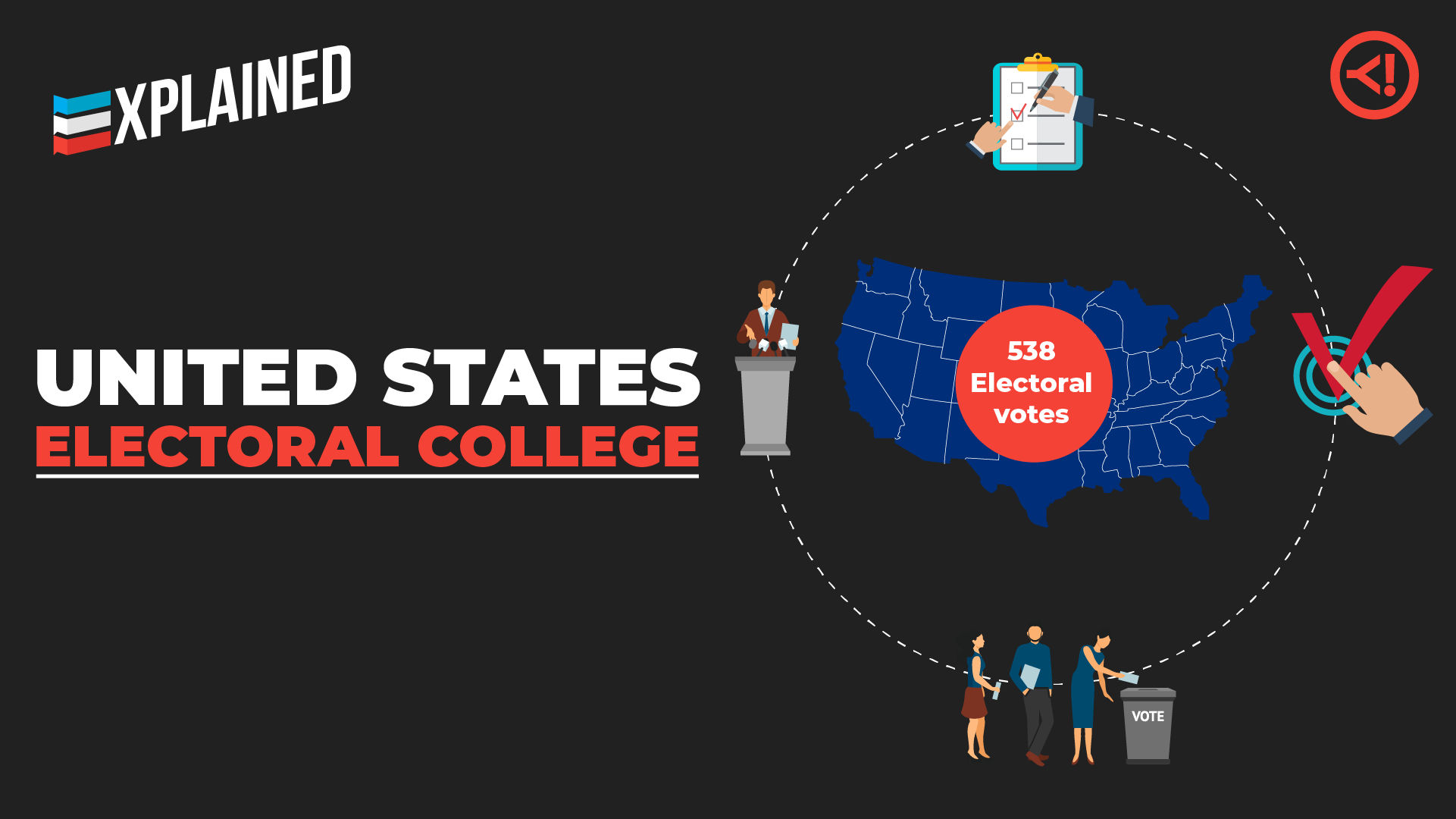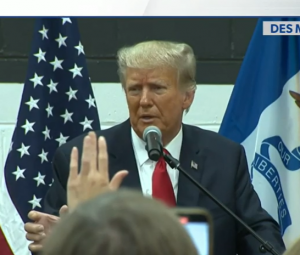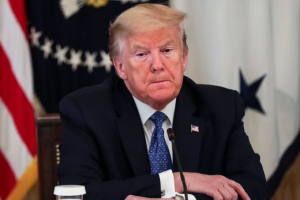The Americans will cast their ballots for the US president on November 3, but they are actually voting for a representative of that candidate’s party known as an elector, who is a part of the Electoral College. On behalf of the people of each state, 538 electors vote for the president.
Based on the number of congressional districts and two additional votes representing the state’s Senate seats, each state is assigned a certain number of electoral votes. Though Washington DC has no voting representation in the Congress, it is also assigned three electoral votes. To win the race to the White House, a majority of 270 of these votes is needed.
Electors are nominated by state or by party ahead of the election at their national conventions, or by the party’s central committee.
How does Electoral College operate?
According to the electoral college, a winner-takes-all system. It mean candidate with the highest number of votes in a state claims all of that state’s electoral votes. For example, in 2016, Trump defeated Clinton in Florida by a margin of just 2.2%, and claimed all 29 of Florida’s crucial electoral votes.
How are the electoral votes assigned to a state?
The number of electoral votes per state is usually assigned depending on its population, but the minimum of three votes per state means that the relative value of electoral votes varies across America.
For instance, North and South Dakota with least population, and smaller states of New England are overrepresented because of the required minimum of three electoral votes. The populous states, including California, Texas and Florida, are underrepresented.
(Making sense of the US elections can be a bit baffling. Opoyi explainers help you navigate laws and processes by answering some frequently asked questions.)







